‘Speed Kills’ is a 2018 action drama that follows the larger-than-life businessman Ben Aronoff (John Travolta). With the aim to make a new start, Ben arrives in Miami and builds a speedboat manufacturing empire in the 1960s. Known for his unabashed style and record-breaking boat races, Ben cuts a formidable figure amongst the city’s rich and powerful. Unfortunately, he also catches the eye of the drug smuggling underworld and soon finds himself embroiled in their murky deals.
Set across a multi-decade timeline, the film delves into Ben’s opulent life as well as his tumultuous personal relationships. The end is foreshadowed in the film’s beginning but still comes as a major turning point in the story. Let’s take a look at the final moments of ‘Speed Kills’ and make sure we didn’t miss any details. SPOILERS AHEAD.
Speed Kills Plot Synopsis
The film opens with a man walking into Ben’s boat dealership in Miami, claiming his boss wants to buy a boat but making it quite clear that he’s from the mob. Ben refuses to entertain the man, saying his debts are more than paid. Sometime later, as our hero drives out of his dealership, a car pulls up alongside, and its driver shoots Ben at point-blank range.
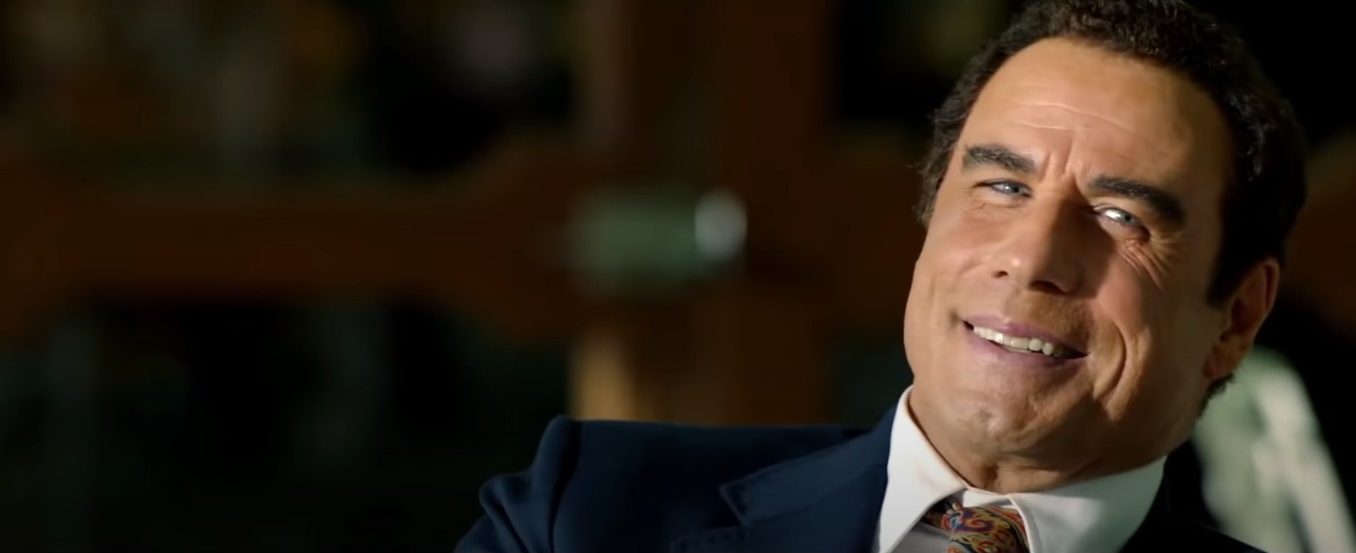
The story then moves twenty-five years in the past, where a younger Ben moves to Florida after his construction business in New Jersey faces problems with labor unions. With a vision to once again build a formidable business empire, Ben quickly gets enamored with speed boats. He begins manufacturing high-end speed boats that quickly become popular for their inherent glamor and sex appeal — an aspect that is heavily touted by Ben as well. He even begins racing his boats, gaining widespread fame for his daring wins and record-breaking speed boats.
Ben’s opulent and rather promiscuous life leads to a rift between him and his wife. After their son, Andrew, loses the use of his legs in a car accident, the couple parts ways. Soon after, Ben is forced to borrow money from the criminal associates he has long tried to avoid. Meyer Lansky is the local mobster who pressures Ben into making his boatyard available for drug smuggling.
Speed Kills Ending: Does Ben Aronoff Die?
As years go by, Ben’s wealth increases, as does the authorities’ interest in his ties to the criminal world. With the DEA cracking down on the local drug trade, Ben finds himself uncomfortably close to being on the wrong side of the law. He is regularly threatened by his criminal associates and is even forced to give up the designs of Blue Thunder, his newest boat, which is also slated to become the vehicle of choice for the American coast guard.
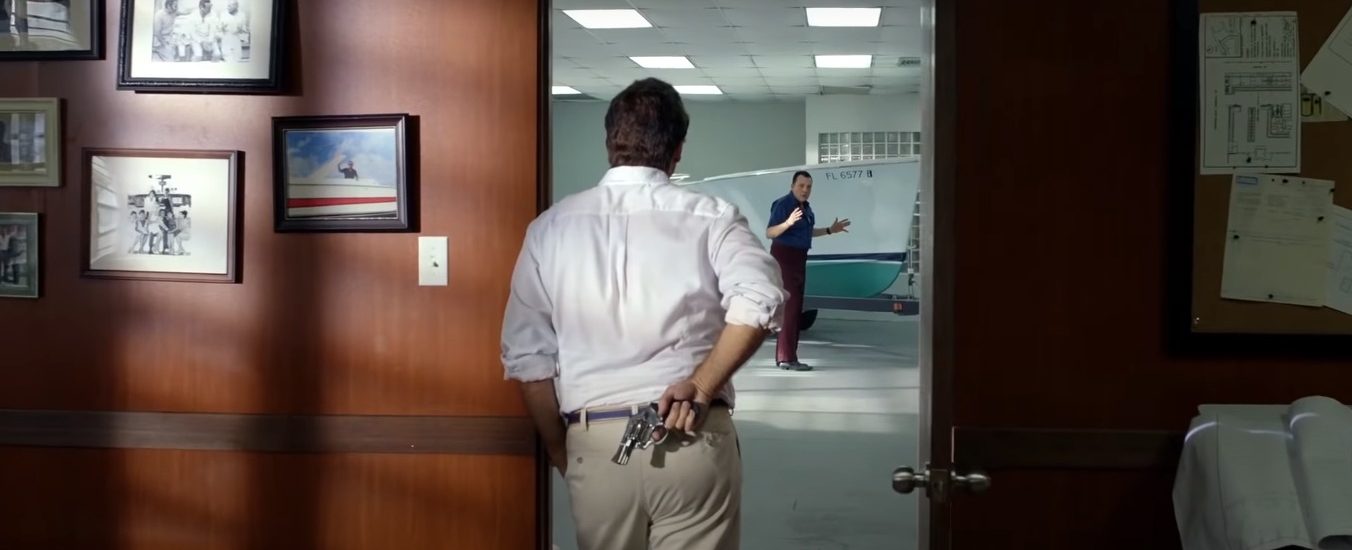
Back at his offices, Ben is approached by an underling of a crime boss. The film’s opening scene once again plays out as Ben claims to have paid his debt. The man leaves but continues watching Ben from afar. As our hero gets into his car to drive away, another vehicle pulls up to him. The stranger in the second car shoots Ben in the chest and drives away. The film closes with Ben, sharply attired, bleeding out on the street outside his office.
With two shots square in his chest, it seems pretty likely that Ben is dead. When we see the same scene at the film’s start, there is still hope that the protagonist survives the assault. However, at the film’s end, the audience is privy to the moments immediately following the shooting. It becomes clear that the bullet wounds in Ben’s chest are fatal and that he dies.
It is fitting that the film centered on the larger-than-life businessman and speedboat racer closes with his demise. Several subtle hints about Ben’s time being over are also scattered in the scenes surrounding his murder. Notably, his signature watch, an expensive one, no doubt, is seen on a few occasions in the film. Once Ben is shot, the camera lingers on the cracked face of the watch as it ticks a few times before stopping, essentially signifying that its wearer is dead.
Why is Ben Aronoff Shot? Is Robbie Reemer Behind the Shooting?
As the film progresses, Ben gets increasingly entangled with the criminal elements he has tried so hard to avoid. His tendency to retaliate aggressively when they try to push him around makes the target on Ben’s back all the bigger. After a final tussle with Robbie’s thugs, Ben gives in and signs over the rights to his newest speedboat, Blue Thunder.
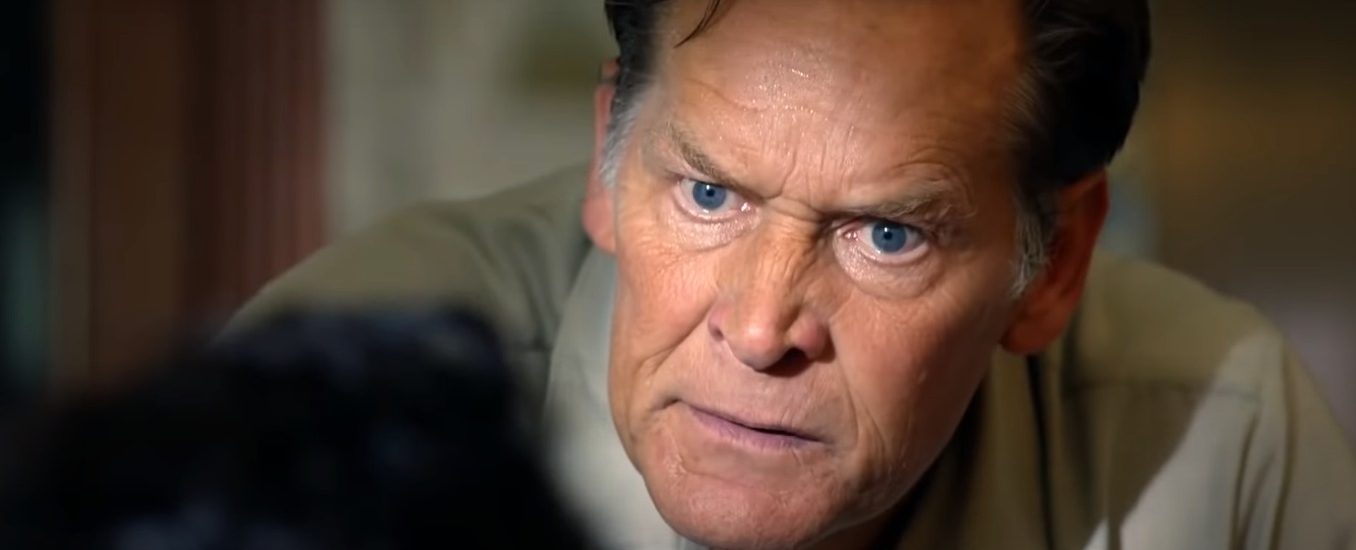
Therefore, it comes as a surprise that Ben is shot. The clues to his murder are seemingly hidden in the complexities of his business holdings and quite possibly in his prolific boat racing career. Earlier in the film, Ben is forced to sign away the USA Racing team, which competes in speedboat races. The team goes to Robbie Reemer, the new local mafia head.
However, Ben’s lawyer, Shelly Katz, reminds him that Robbie is a careless businessman and the team will be back in Ben’s hands soon enough. Though the film doesn’t really delve into whether Ben gets the team back, it appears that his business is definitely booming. Additionally, the man that comes to his office during the film’s final moments seemingly works for a boat aficionado.
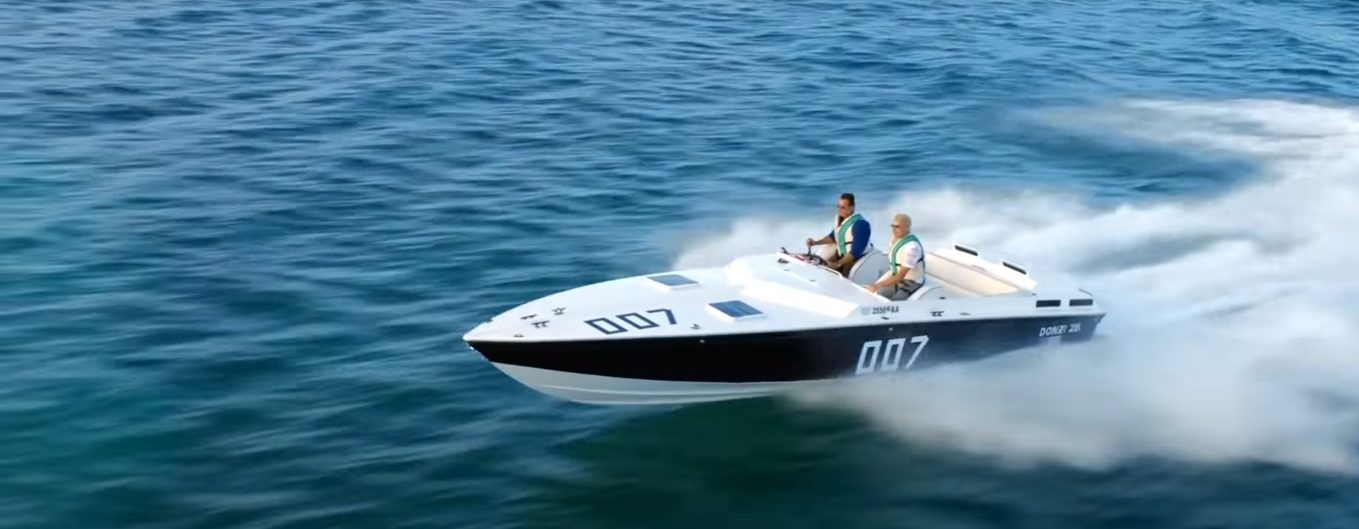
Ultimately, it appears that Ben is killed by a rival gang leader who also has a stake in boat racing. Judging by his actions, it is possible that Robbie could be involved in Ben’s murder. However, it could just as easily be another gang with who Ben has a prior connection. While trying to explain the situation to his wife, he says that he has had multiple dealings with various people that are now coming back to haunt him.
Interestingly, the real-life inspiration for Ben’s character, Donald Aronow, who also designed speedboats, was killed in a similar incident. Aronow was murdered by a gunman reportedly hired by Ben Cramer, who owned Apache Powerboats and had had business disputes with Aronow. The former had reportedly bought the latter’s racing team but was forced to give it back to Aronow due to irregularities with the Customs services. The film appears to loosely reflect reality without delving into the details of the deal that went sour between the speedboat mogul and his criminal tormentors.
Read More: Best Crime Movies Ever Made

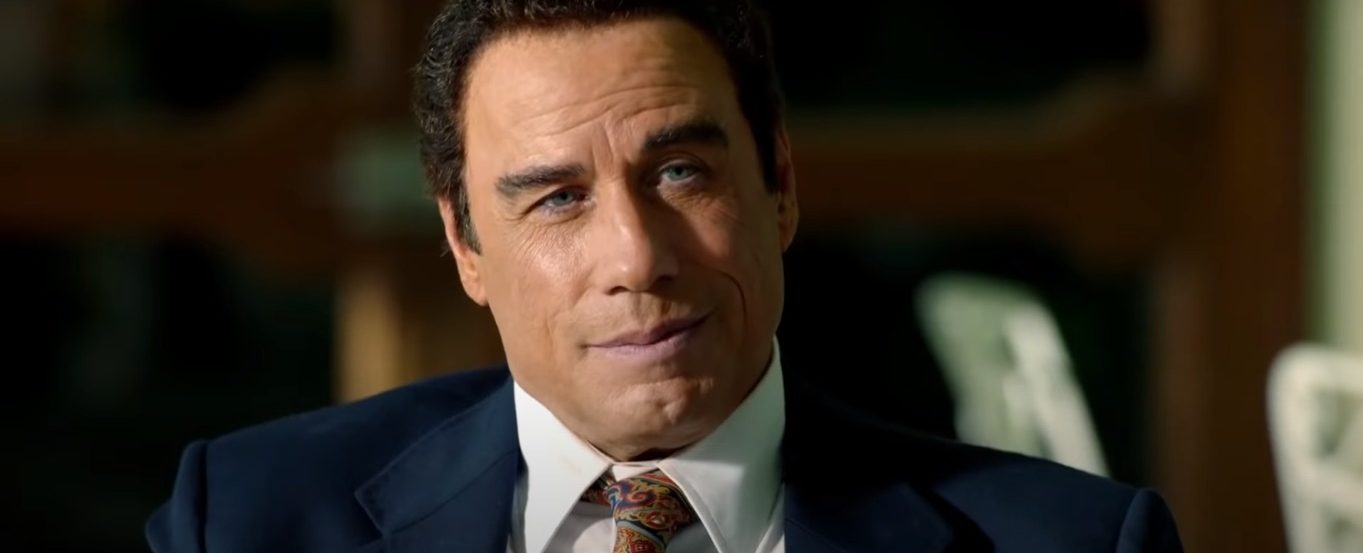
You must be logged in to post a comment.